Hyacinth Bulb Itch – What To Do For Hyacinth Skin Allergy


Hyacinth is a popular fall planted bulb for cheerful, fragrant spring blooms. These flowers are also among the most commonly used bulbs for indoor forcing, driving away winter glooms with fresh growing flowers. Unfortunately, hyacinth irritation can be an issue.
Learn more about this skin problem and how you can manage it while still enjoying hyacinths.
What is Hyacinth Bulb Itch?
If you have ever handled hyacinth bulbs, you may have experienced some degree of itchiness. Some people may feel nothing, others have a mild reaction, and some experience an intense itchy reaction to hyacinth bulbs.
An itchy reaction to bulbs is probably not a true hyacinth skin allergy. While it may be possible to be allergic to substances in the bulbs, most people who get itchy from handling them are experiencing irritation from a mineral known as calcium oxalate.
The crystals of calcium oxalate, which make up as much as six percent of the bulb, can become airborne, causing irritation on any exposed skin. Your hands may get especially itchy when handling hyacinth bulbs, but other areas of skin can also be affected.
How to Prevent and Treat Itchy Hyacinth Reactions
The best way to manage hyacinth bulb itch is to prevent it. Always wear gloves when handling the bulbs. Keep other areas of skin covered as much as possible to avoid contamination by airborne minerals.
Also, avoid working with hyacinth bulbs indoors and only handle them outdoors when the air is calm. Wind will kick up more of the irritating crystals.
Gardening tips, videos, info and more delivered right to your inbox!
Sign up for the Gardening Know How newsletter today and receive a free copy of our e-book "How to Grow Delicious Tomatoes".
If you do get affected by hyacinth irritation, the only way to treat it is to wash the area of skin with soap and water. The itch won’t last forever, but washing will bring quicker relief. An antihistamine may also help relieve the itching sooner.
It’s also important to note that hyacinth bulbs are toxic. It’s best to keep animals and children away when working with them.

Mary Ellen Ellis has been gardening for over 20 years. With degrees in Chemistry and Biology, Mary Ellen's specialties are flowers, native plants, and herbs.
-
 Looking For Plants To Give You The Soft And Fuzzies? Try These 5 Fuzzy Leaf Plant Options
Looking For Plants To Give You The Soft And Fuzzies? Try These 5 Fuzzy Leaf Plant OptionsLovers of texture, drama, silver foliage and tactile plants will adore these special sensory garden additions. These fuzzy leaf plant options will leave you all aglow
By Susan Albert
-
 Get Ready For A Summer Of Hummers! Grow These Full Sun Hummingbird Plants and Flowers
Get Ready For A Summer Of Hummers! Grow These Full Sun Hummingbird Plants and FlowersIf you’re lucky enough to enjoy a sunny backyard, make sure you are maxing out on your pollinator opportunities and grow these full sun hummingbird plants and flowers
By Tonya Barnett
-
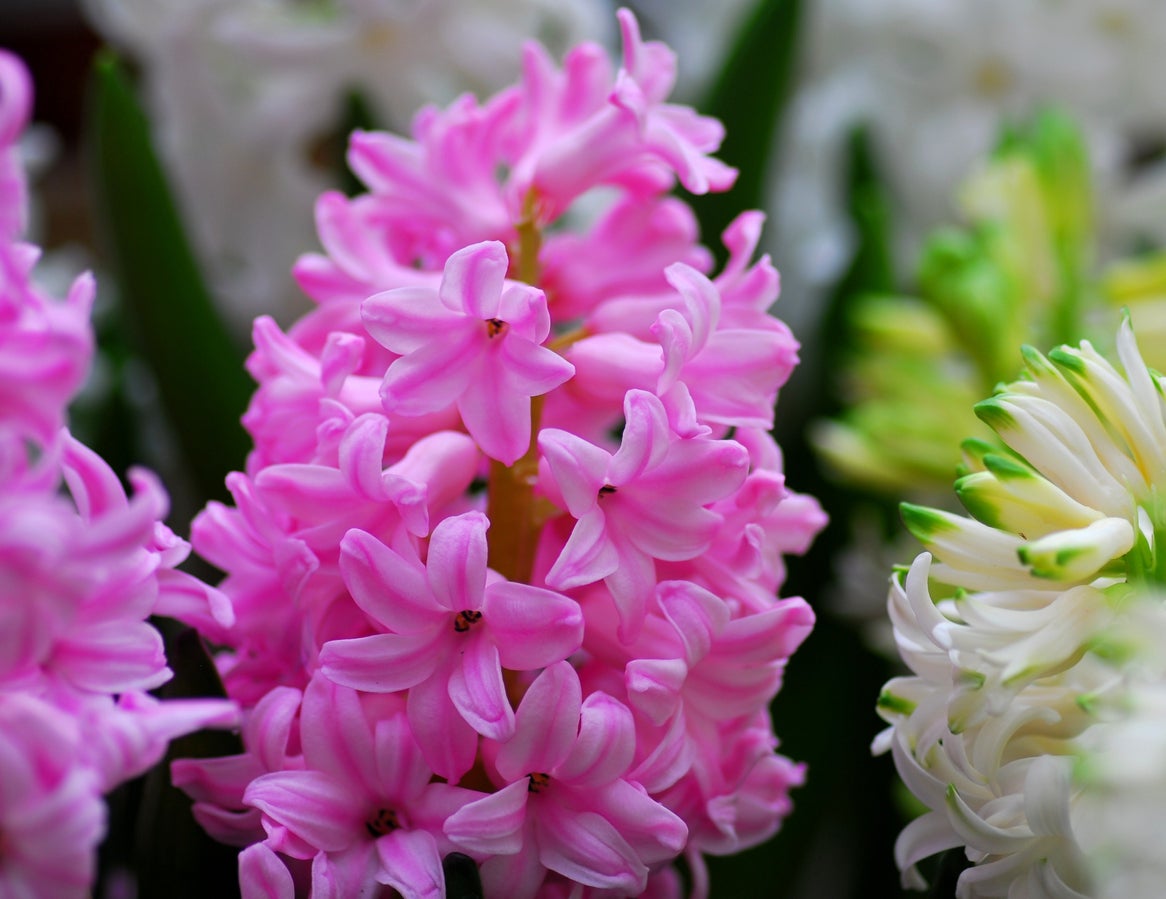 Growing Amethyst Hyacinths: Information On Amethyst Hyacinth Plants
Growing Amethyst Hyacinths: Information On Amethyst Hyacinth PlantsGrowing Amethyst hyacinths (Hyacinthus orientalis ‘Amethyst’) couldn’t be much easier and, once planted, each bulb produces one spiky, sweet-smelling, pinkish-violet bloom every spring, along with seven or eight big, shiny leaves. Learn more in this article.
By Mary H. Dyer
-
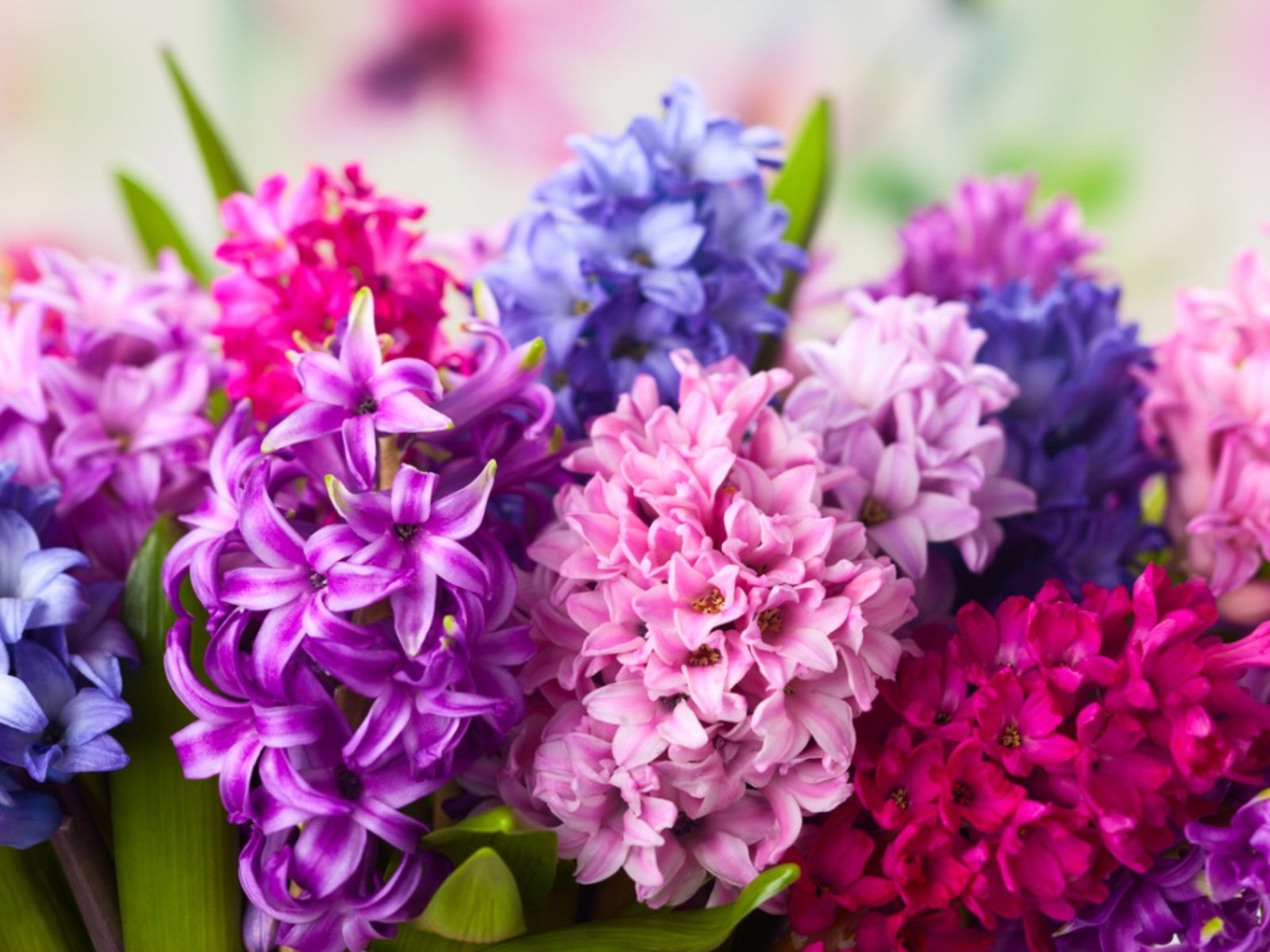 Hyacinth Seed Propagation – How To Grow Hyacinths From Seed
Hyacinth Seed Propagation – How To Grow Hyacinths From SeedAs hyacinth flowers fade and small green seed pods begin to form in their place, you may wonder, can you propagate hyacinth seeds? Click this article to learn about saving hyacinth seed and hyacinth seed propagation.
By Darcy Larum
-
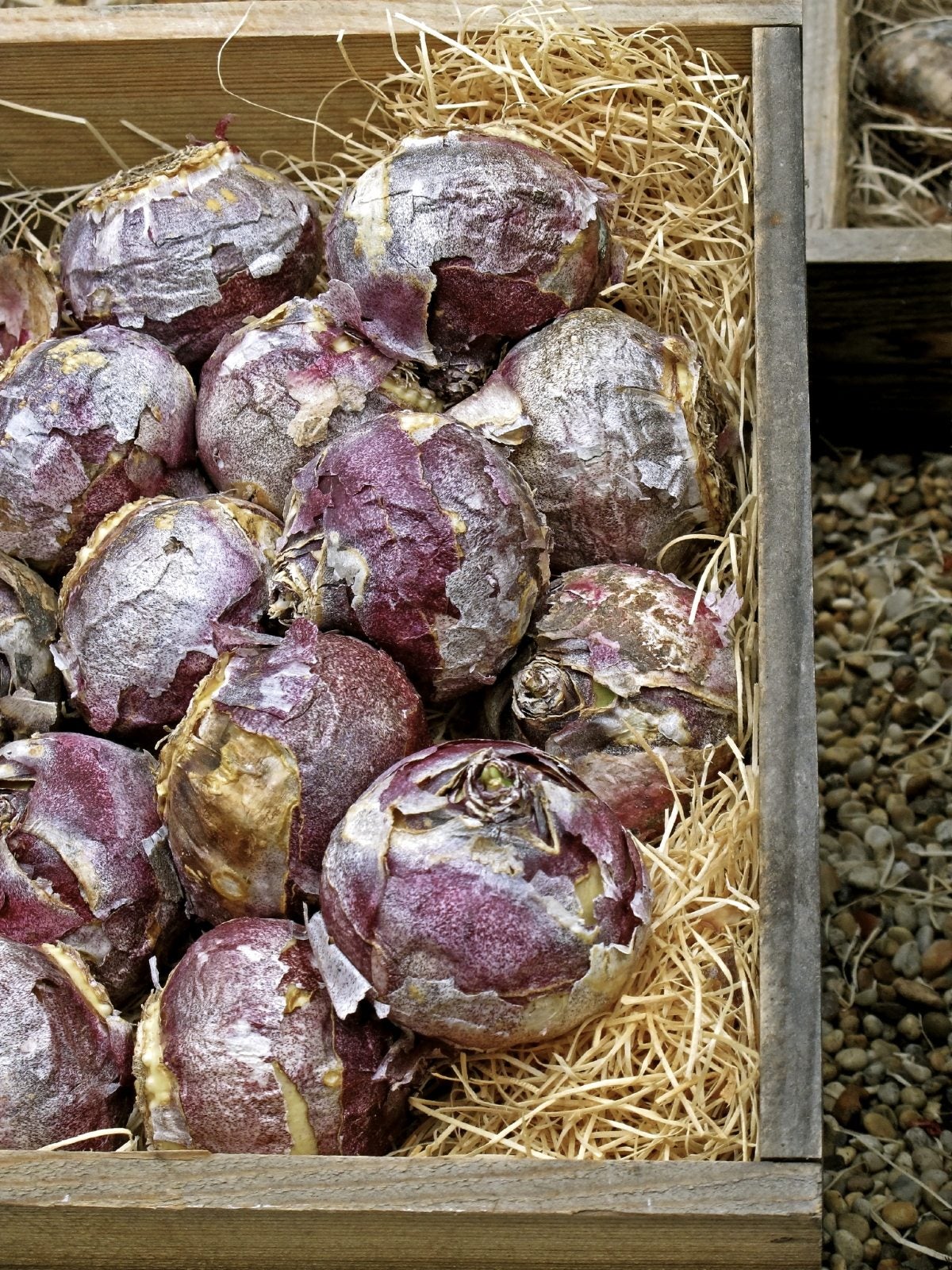 Curing Hyacinths: When To Dig Up Hyacinth Bulbs For Storing
Curing Hyacinths: When To Dig Up Hyacinth Bulbs For StoringIt's important not to dig up your hyacinth bulbs at the wrong time, or else your bulbs may not have enough energy to sprout. Learn about hyacinth bulb curing and storing hyacinth bulbs in the article that follows. Click here for more info.
By Liz Baessler
-
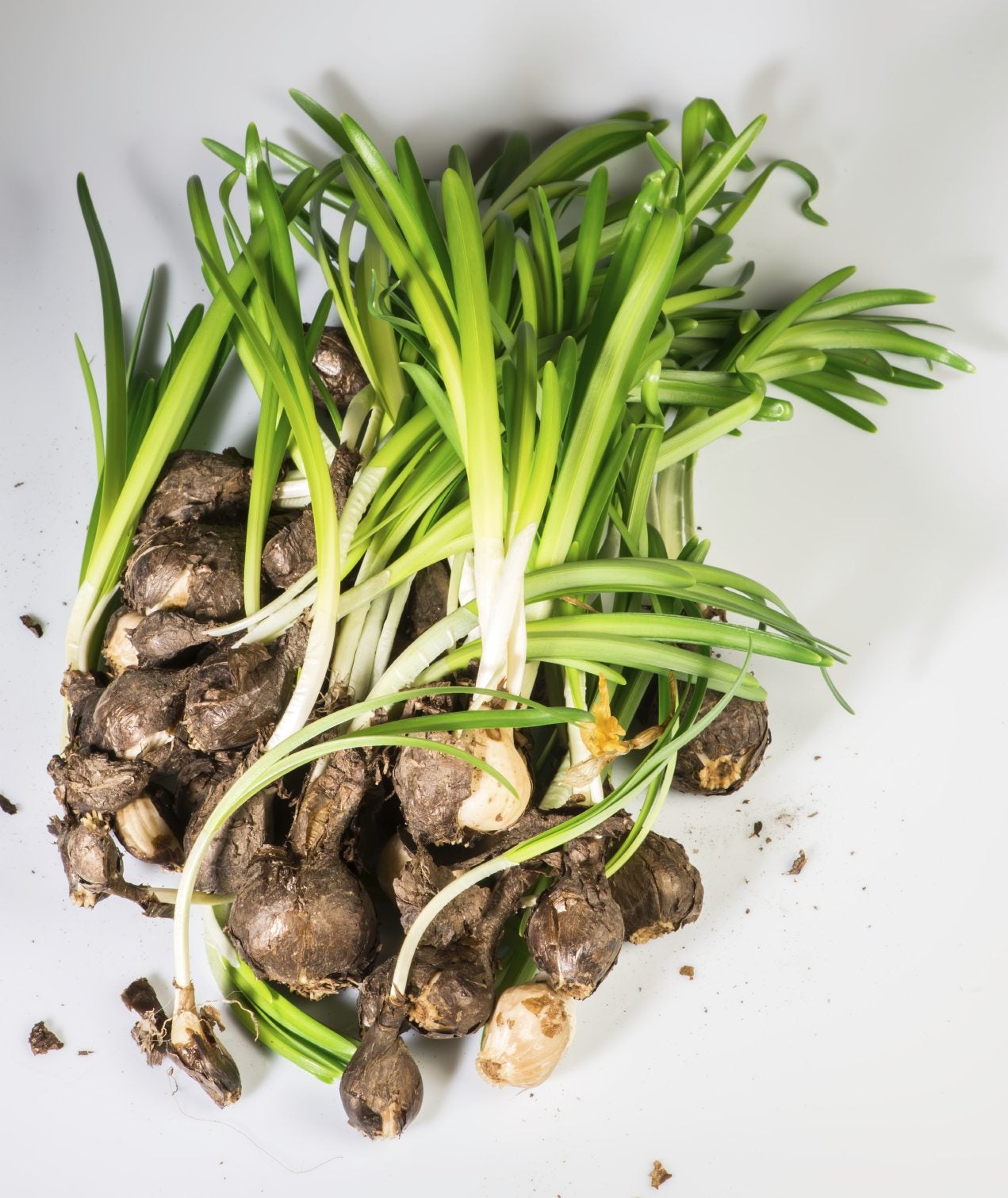 Propagating Hyacinth Offsets – How To Propagate Bulbs Of Hyacinth
Propagating Hyacinth Offsets – How To Propagate Bulbs Of HyacinthAlthough most gardeners find it easier and faster to purchase hyacinth bulbs, hyacinth propagation by seeds or offset bulbs is easier than you may think. Want to learn more about propagating and growing hyacinth bulbs? Click here.
By Mary H. Dyer
-
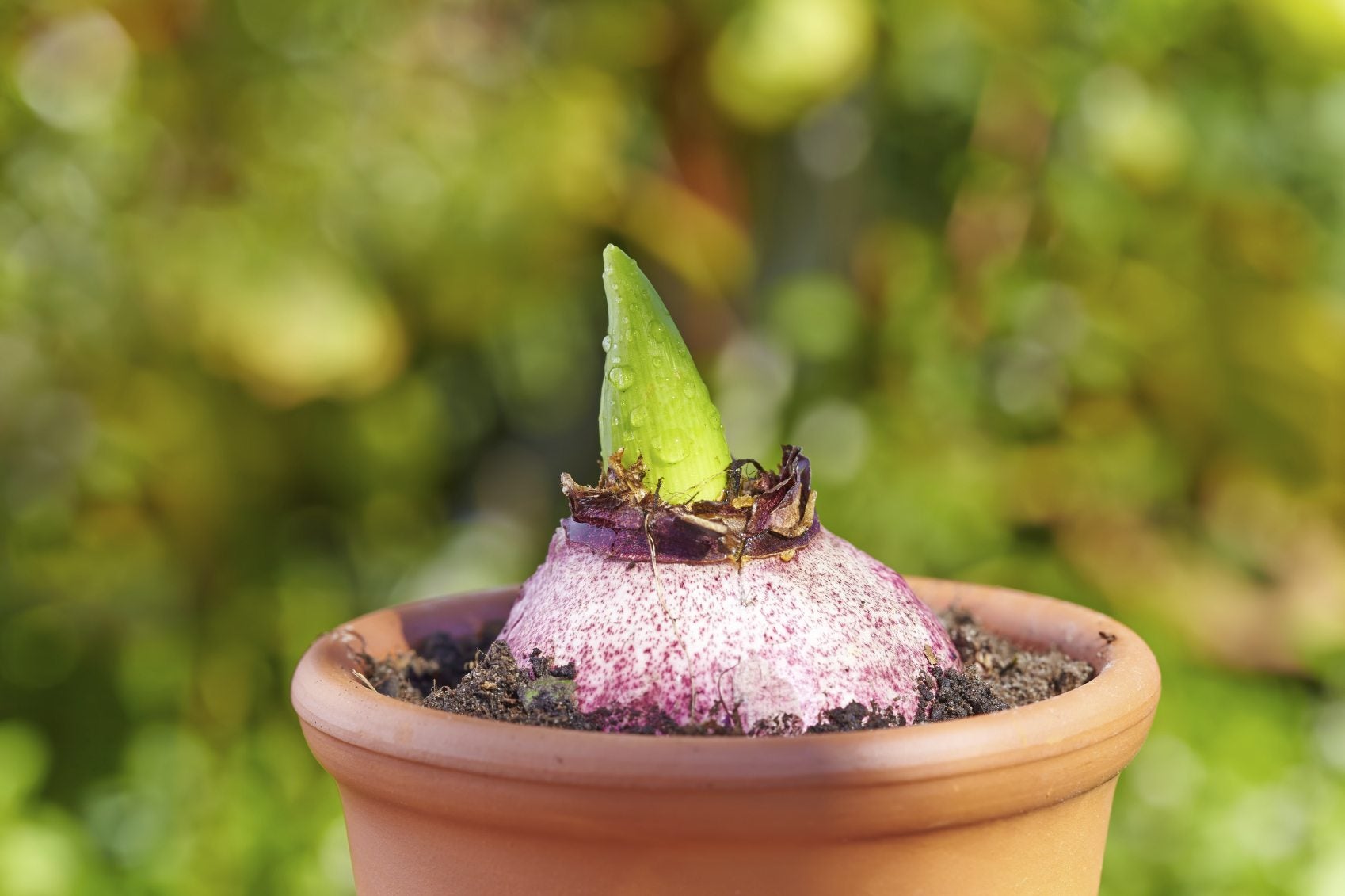 Container Grown Hyacinths: How To Plant Hyacinth Bulbs In Pots
Container Grown Hyacinths: How To Plant Hyacinth Bulbs In PotsHyacinths are famous for their pleasant fragrance. They also grow very well in pots, perfuming a patio, a walkway, or a room in your house. Learn how to plant hyacinth bulbs in pots in this article.
By Liz Baessler
-
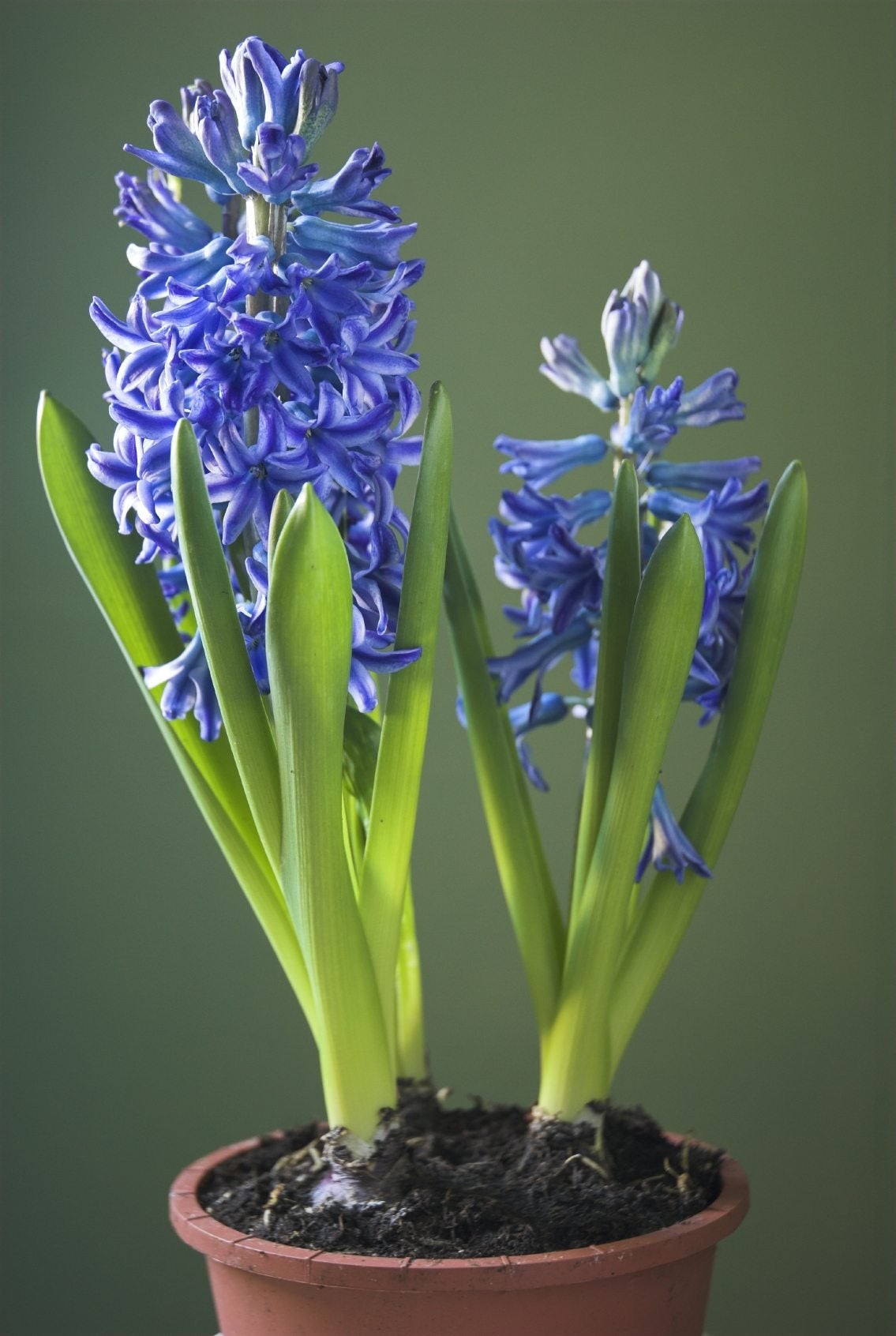 Indoor Hyacinth Care: Caring For Hyacinth Houseplants Post Flowering
Indoor Hyacinth Care: Caring For Hyacinth Houseplants Post FloweringBecause of their attractive flowers and delicious smell, potted hyacinths are a popular gift. Once they?re done blooming, though, don?t rush to throw them away. With a little care, you can keep your indoor hyacinth after blooming. This article will help.
By Liz Baessler
-
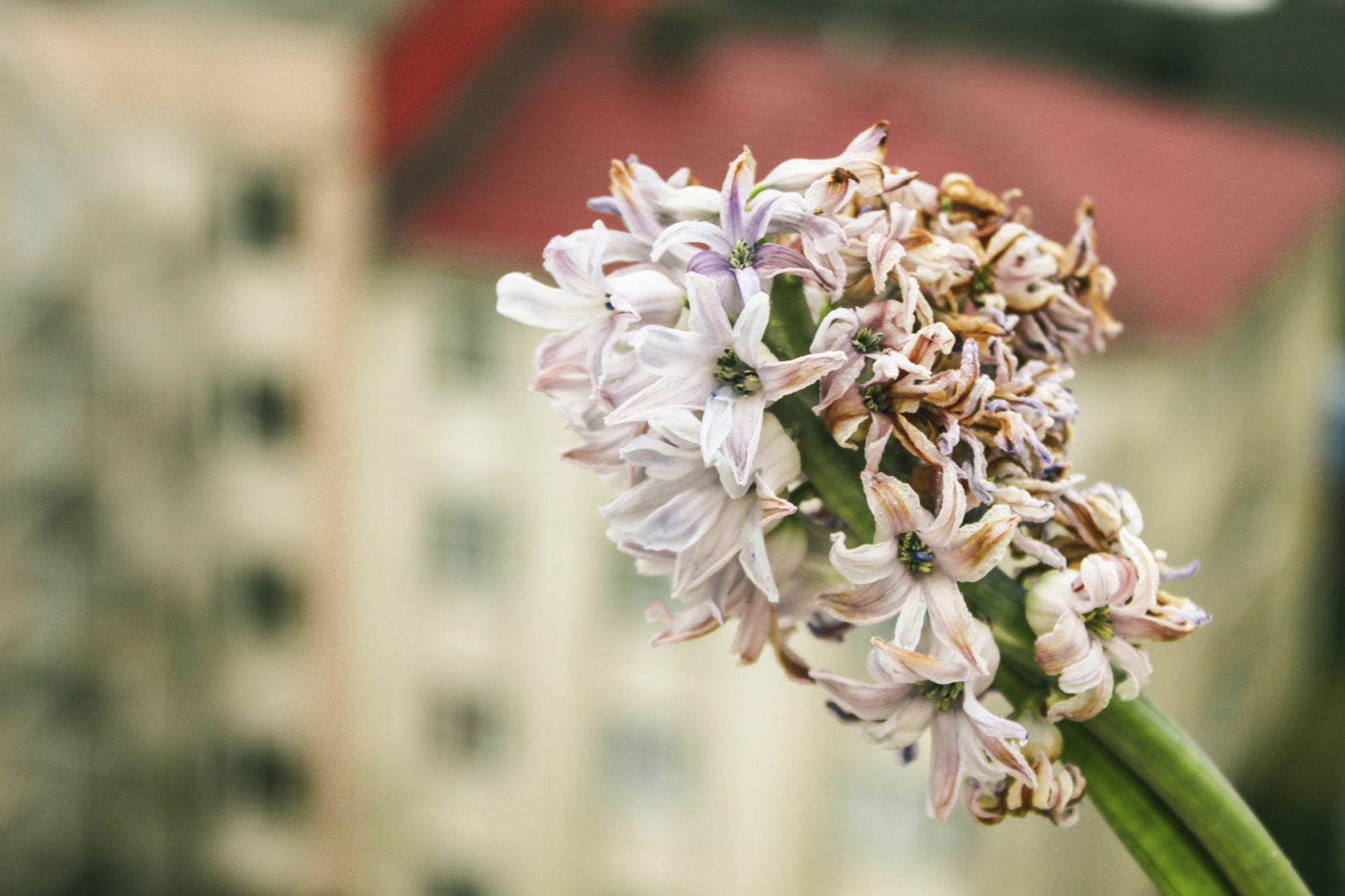 My Hyacinth Is Turning Brown – Caring For Browning Hyacinth Plants
My Hyacinth Is Turning Brown – Caring For Browning Hyacinth PlantsHyacinths make great indoor or outdoor plants and are harbingers of spring, but when they start turning brown, these cheery faces are suddenly a reason for panic. Find out if your hyacinth has a real problem or if it's just going through its normal lifecycle in this article.
By Kristi Waterworth
-
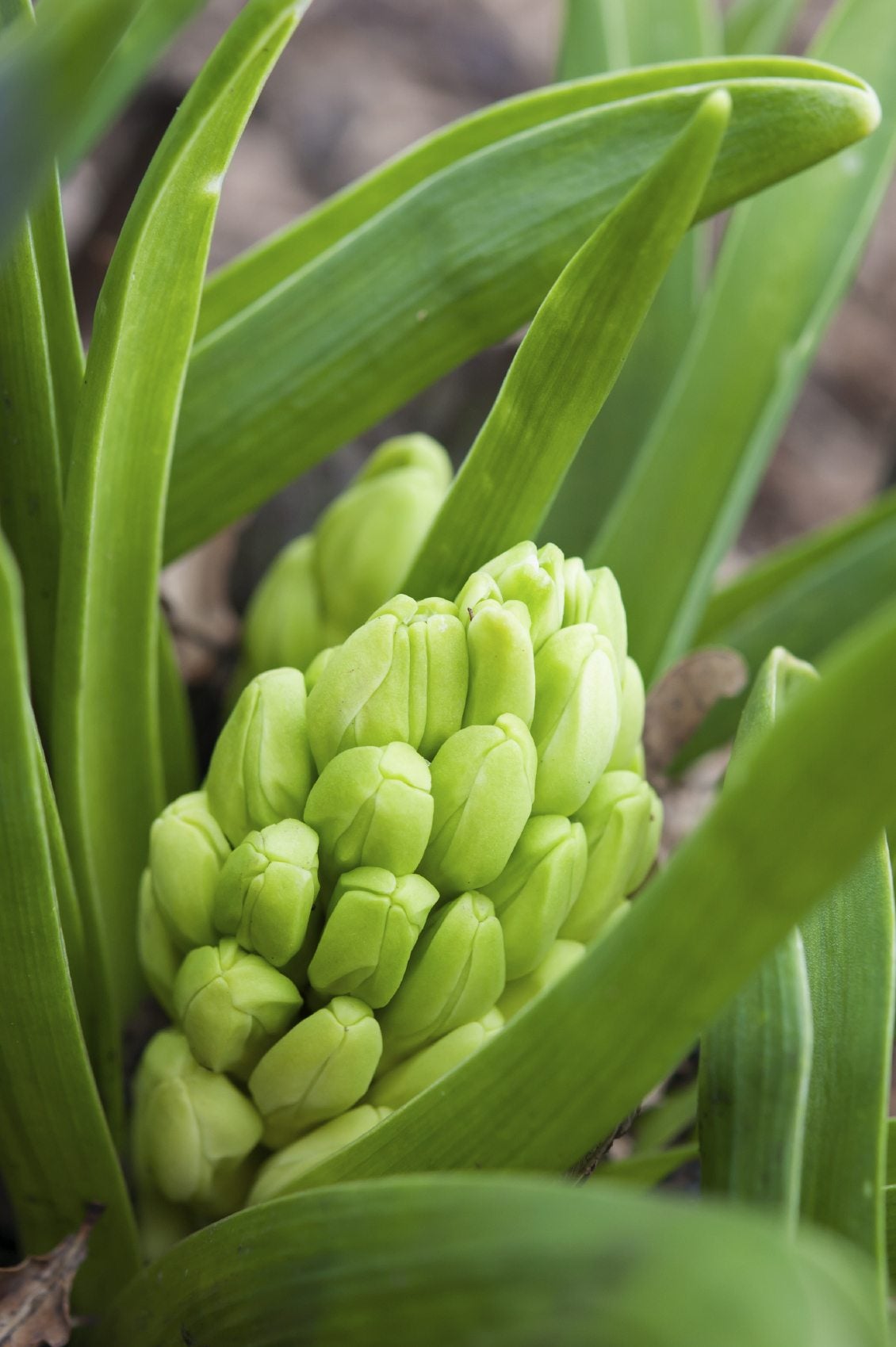 Hyacinth Bud Drop: Why Hyacinth Buds Fall Off
Hyacinth Bud Drop: Why Hyacinth Buds Fall OffBud problems with hyacinth are rare but occasionally these spring bulbs fail to bloom. Finding out why hyacinth buds fall off or, worse, why they never formed buds in the first place, can take some sleuthing. This article will help.
By Bonnie L. Grant